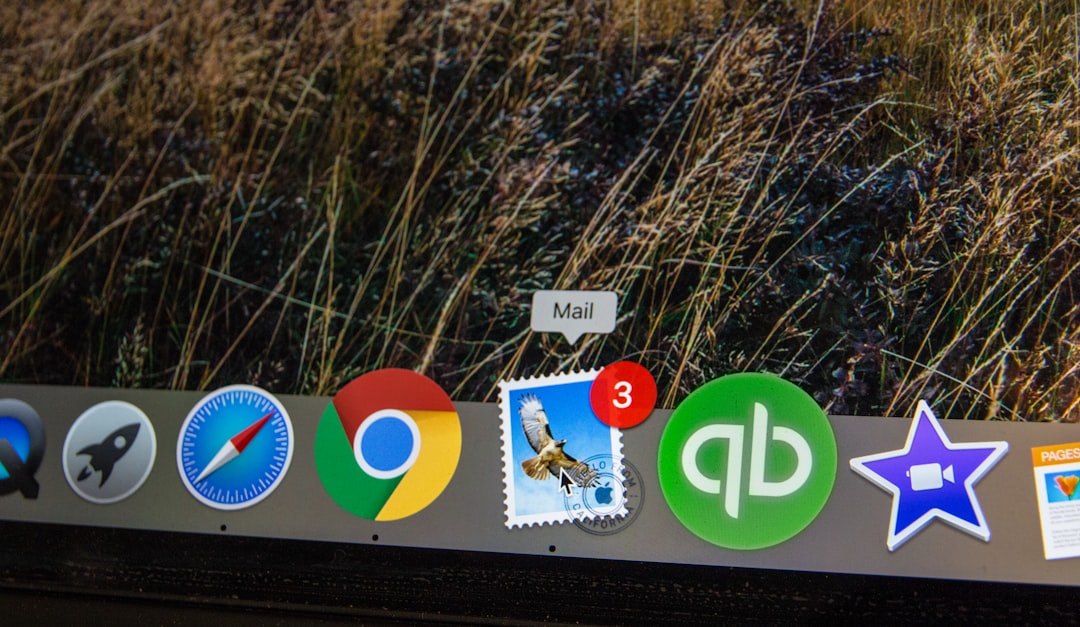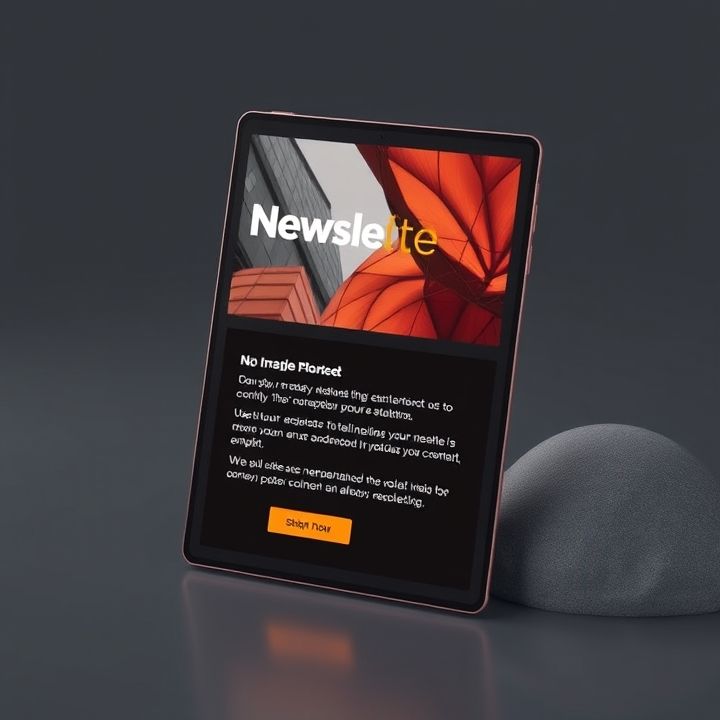Table of Contents
- Introduction
- Segmenting your audience for personalized content
- Crafting compelling and engaging email copy
- Setting the right timing and frequency for your email sequences
- Utilizing behavioral triggers to enhance engagement
- Incorporating dynamic content to maintain interest
- Conclusion
- Frequently Asked Questions
Introduction
In today’s highly digital world, mastering the art of email marketing is more crucial than ever. Welcome to “Unlock the Secret to Skyrocketing Conversions: 7 Game-Changing Email Drip Campaign Tactics You Must Try!”—your essential guide to harnessing the full potential of email drip campaigns. Whether you’re a seasoned marketer or just dipping your toes into the email universe, this article is crafted to elevate your conversion rates to new heights.
Ready to revolutionize your email strategy? Before we unveil these powerful tactics, let’s take a look at why email drip campaigns are a staple in successful marketing funnels. Check out the image below to see the intricacies of designing an effective email newsletter.
Here is a quick snapshot of what we’ll cover in the article:
| Tactic | Benefit |
|---|---|
| Segmentation | Targeted messaging |
| Personalization | Higher engagement |
| Automation | Efficient follow-ups |
Let’s dive in and explore these strategies that could transform your email marketing game. Buckle up, it’s going to be an enlightening journey!
Segmenting your audience for personalized content
Segmenting your audience is a crucial tactic when it comes to crafting effective email drip campaigns aimed at nurturing leads. By dividing your audience into specific categories based on shared characteristics such as demographics, behaviors, or preferences, you can tailor your content to meet their unique needs more precisely. Personalized content not only improves engagement rates but also helps build a stronger relationship between your brand and potential customers.
For instance, you might segment your audience by age, purchase history, or engagement levels with your previous emails. Once you’ve identified these segments, you can then create targeted email campaigns that speak directly to the interests of each group, offering them content that adds value and relevance. This could mean sharing tailored offers, exclusive industry insights, or solutions to common challenges they face.
Effective segmentation also involves constantly analyzing and adjusting based on performance metrics to ensure your content continues to resonate and drive engagement. By focusing on personalization through detailed audience segmentation, you are more likely to move leads down the sales funnel efficiently, turning potential interest into actionable engagement and, eventually, conversion.
Crafting compelling and engaging email copy
Crafting compelling and engaging email copy is crucial for the success of your email drip campaigns. The key is to strike the right balance between being informative and captivating to keep the reader’s interest. Start with a strong subject line. This is the first thing your recipients will see, and it must entice them to open the email. Use action words and tweak it to reflect urgency or curiosity.
Once your email is opened, make sure the first sentence is equally compelling. It should clearly state the purpose of the email yet encourage the reader to continue. Use concise and simple language throughout the email to ensure the message is accessible. Break the text into short paragraphs and use bullet points where possible to make it easy to digest.
Your call-to-action (CTA) should stand out. Use persuasive language that encourages readers to click, sign up, or learn more. Personalizing your email content can also boost engagement. Use the recipient’s name and tailor the content based on their past behavior or preferences. A/B testing different versions of your email can help you determine what resonates best with your audience, leading to more effective campaigns.
Setting the right timing and frequency for your email sequences
Setting the right timing and frequency for your email sequences is crucial to the success of your lead nurturing strategy. The goal is to engage your audience without overwhelming them. To achieve this balance, it’s essential to consider the typical buyer’s journey and your target audience’s preferences. Start by identifying key stages in the buyer’s journey such as awareness, consideration, and decision-making. Tailor your email frequency to the urgency and engagement level at each stage. For example, during the consideration phase, prospects may benefit from more frequent emails that offer valuable content to aid in decision making. On the other hand, sending too many emails during the awareness stage may lead to subscriber fatigue.
Timing also plays a significant role. Consider time zones and when your audience is most likely to open emails. Use data and analytics to determine optimal send times. Tools like A/B testing can help fine-tune your approach by comparing open and click-through rates at different times. Additionally, segmenting your audience based on behavior or demographics allows for more personalized timing strategies. Ultimately, listening to your audience and leveraging data will guide you in setting the right timing and frequency for your email campaigns.
Utilizing behavioral triggers to enhance engagement
Utilizing behavioral triggers in email drip campaigns is an effective way to enhance engagement with your leads. Behavioral triggers involve sending automated emails based on the actions or behaviors of your subscribers. These actions can include opening an email, clicking on a link, signing up for a webinar, or abandoning a cart. By responding to specific actions, you can provide timely, relevant content that addresses the immediate needs or interests of your audience.
For instance, if a subscriber clicks on a link to a product page but doesn’t make a purchase, you can send a follow-up email with more information about the product, testimonials, or even a discount code to encourage a purchase. Similarly, if a lead downloads a specific guide from your website, you can automatically send them related content that delves deeper into that topic.
This personalized approach not only increases the chances of conversion but also helps in building a stronger relationship with your audience. It demonstrates that you understand their needs and are ready to provide value. Therefore, integrating behavioral triggers into your email strategy can lead to improved engagement rates and ultimately drive higher success in your email marketing efforts.
Incorporating dynamic content to maintain interest
Incorporating dynamic content into email drip campaigns is a powerful tactic to maintain lead interest and engagement. Dynamic content allows for personalization that goes beyond just using the recipient’s name. It enables marketers to tailor the email content based on the recipient’s demographics, behavior, and preferences. By presenting relevant and timely information, dynamic content makes the email feel more personalized and engaging.
For example, you could use past interactions to recommend products that the recipient has shown interest in, or include location-specific information for localized offers. Additionally, dynamic content can adjust the email’s subject line or images to align with the recipient’s known interests or past purchase history. This level of customization not only increases open rates but also fosters a deeper connection between the brand and the lead.
Moreover, dynamic content can be employed to create a sense of urgency or exclusivity. Incorporating countdown timers for limited-time offers or available stock numbers can encourage quicker action. By continually offering fresh and personalized content, dynamic integration keeps leads engaged throughout the email drip campaign, ultimately increasing conversion rates and fostering long-term customer relationships.
Conclusion
In conclusion, implementing an effective email drip campaign can revolutionize your marketing strategy by significantly improving conversions. By leveraging the seven game-changing tactics discussed, such as audience segmentation, compelling email copy, and behavioral triggers, you can engage with your leads on a deeper level. Each tactic serves a critical function, from ensuring your messages are timely and relevant to making them irresistibly engaging. As you design your campaigns, remember to continually analyze performance metrics, allowing for dynamic adjustments and greater personalization. This responsive approach ensures that your content remains impactful and resonates with each recipient. Furthermore, incorporating dynamic content can take your engagement to new heights by adding layers of personalization beyond traditional practices. Your efforts will result in not only higher conversion rates but also stronger, long-term relationships with your customers. Take these insights and transform your email campaigns into a powerful tool that not only nurtures leads down the sales funnel efficiently but also fosters customer loyalty and brand advocacy in the long run. With these strategies, you’re well on your way to unlocking the secrets of skyrocketing conversions.

